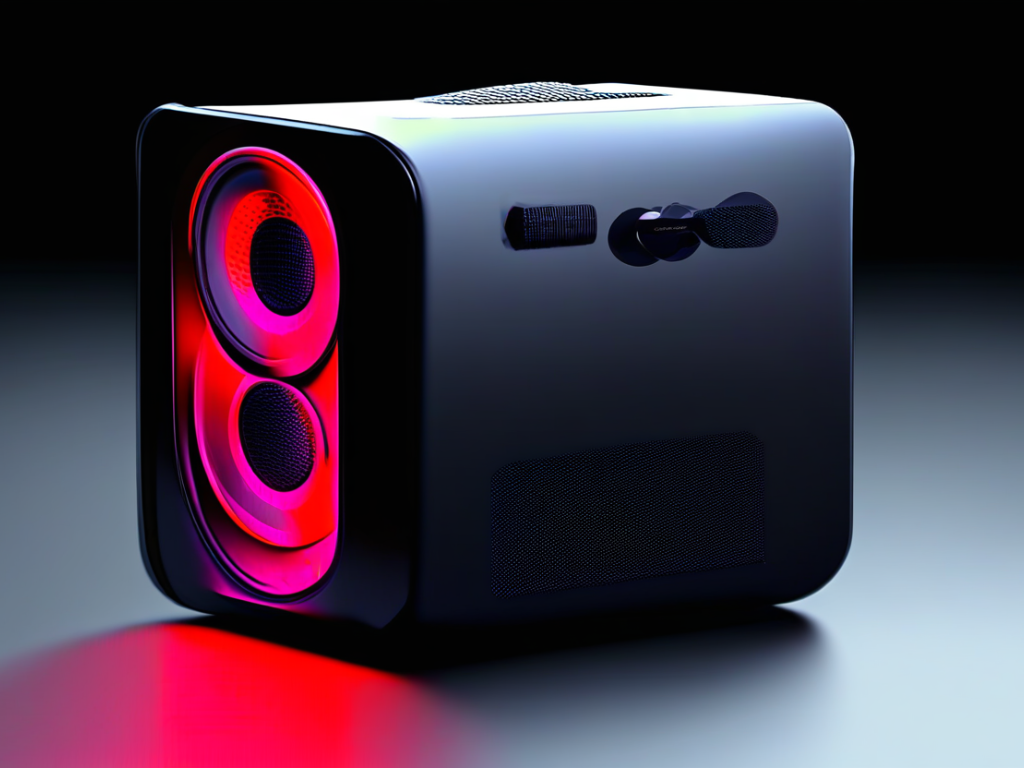When it comes to enjoying music, the quality of your audio player can make a significant difference in how you experience your favorite tunes. Whether you’re a seasoned audiophile or a casual listener, choosing the right music player is crucial for achieving superior sound quality. With a wide array of options available in the market, from portable MP3 players to high-end digital audio players, navigating the world of music players can be daunting. In this ultimate guide, we will explore key factors to consider when selecting a music player that delivers top-notch sound performance and enhances your listening experience.
In this article you will find:
- Understanding Audio Formats
- Digital-to-Analog Conversion (DAC)
- Audio Output and Amplification
- User Interface and Navigation
- Storage Capacity and Expandability
- Wireless Connectivity and Streaming
- Battery Life and Portability
- Final Thoughts
Understanding Audio Formats
Before diving into the features of a music player, it’s essential to understand audio formats. The most common audio formats include MP3, FLAC, WAV, AAC, and more. MP3 is widely used for its compression, making it convenient for storing and streaming music. However, FLAC and WAV are known for their lossless quality, preserving the original sound without compression. When choosing a music player, opt for one that supports a wide range of audio formats to ensure compatibility with various file types and optimal sound quality.
Digital-to-Analog Conversion (DAC)
The quality of the DAC in a music player significantly influences the audio output. A DAC converts digital audio signals into analog signals, which are then amplified and sent to your headphones or speakers. High-quality DACs result in clearer sound reproduction and better audio resolution. Look for music players with advanced DAC chips from reputable manufacturers like ESS Technology, Cirrus Logic, or Wolfson for superior sound performance.
Audio Output and Amplification
The audio output power and amplification capabilities of a music player are crucial for driving headphones or speakers efficiently. Players with sufficient output power can produce higher volumes without distortion, allowing you to enjoy music at various loudness levels. Consider the impedance and sensitivity of your headphones when selecting a music player to ensure compatibility and optimal audio output.

User Interface and Navigation
A user-friendly interface and intuitive navigation are essential for a seamless music playback experience. Choose a music player with a responsive touchscreen, physical buttons, or a user-friendly interface that makes it easy to browse through your music library, create playlists, and adjust audio settings. Features like gapless playback, customizable EQ settings, and playlist management enhance the overall user experience.
Storage Capacity and Expandability
The storage capacity of a music player determines how many songs you can store locally on the device. Consider your music library size and choose a player with sufficient internal storage or expandable memory options like microSD card slots. Having ample storage ensures you can carry your entire music collection with you wherever you go, without compromising on audio quality.
Wireless Connectivity and Streaming
Wireless connectivity features such as Bluetooth and Wi-Fi capabilities enable seamless audio streaming from your music player to wireless headphones or speakers. Look for music players that support high-quality Bluetooth codecs like aptX HD or LDAC for enhanced wireless audio transmission. Additionally, access to music streaming services like Spotify or Tidal directly from your player enhances versatility and convenience.
Battery Life and Portability
For on-the-go listening, consider the battery life and portability of the music player. Long-lasting battery performance ensures uninterrupted music playback during daily commutes or travel. Compact and lightweight players are ideal for portability, offering convenience without compromising on sound quality. Additionally, durable build quality and ergonomic design contribute to a premium listening experience.
Final Thoughts
Choosing the best music player for superior sound quality involves a combination of technical specifications, user preferences, and listening habits. By considering factors such as audio formats, DAC quality, user interface, storage capacity, wireless connectivity, and portability, you can select a music player that aligns with your audio needs and elevates your listening experience. Whether you opt for a Hi-Res audio player, a budget-friendly option, or a versatile streaming device, prioritize sound quality and functionality to enjoy your favorite music in its full glory.

